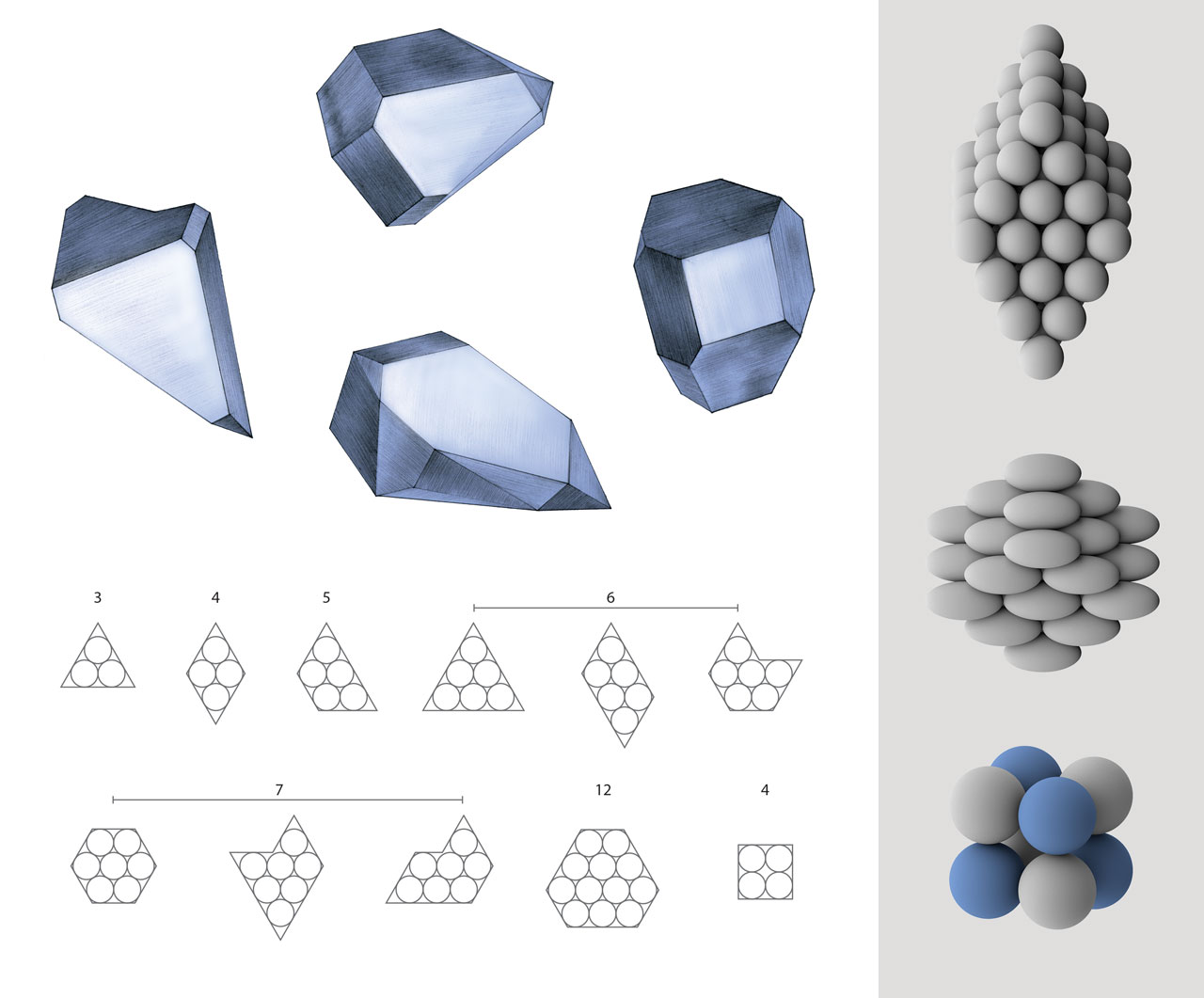
Crystallography is the science of studying crystals and their structures. Ever wondered how scientists determine the arrangement of atoms in a crystal? X-ray crystallography is the answer. This technique uses X-rays to reveal the atomic structure of crystals, helping us understand everything from minerals to complex biological molecules like proteins. Did you know that crystallography played a crucial role in discovering the DNA double helix? Without it, modern biology might look very different. Crystals aren't just pretty; they hold secrets of the universe. Ready to dive into the world of crystallography? Here are 31 fascinating facts that will blow your mind!
What is Crystallography?
Crystallography is the scientific study of crystals and their structures. It helps scientists understand the arrangement of atoms in solid materials. This field has many fascinating aspects.
- Crystals are solids where atoms are arranged in a repeating pattern.
- The word "crystallography" comes from Greek words meaning "cold drop" or "frozen drop."
- X-ray crystallography is a common method used to study crystal structures.
- The first crystal structure ever determined was table salt (sodium chloride) in 1913.
- Crystallography has helped scientists discover the structures of many important molecules, including DNA.
The Importance of Crystallography
Crystallography plays a crucial role in various scientific fields. It helps in understanding the properties of materials and developing new technologies.
- Crystallography is essential in chemistry for determining the structures of molecules.
- In biology, it helps in understanding the structures of proteins and other biomolecules.
- Crystallography aids in the development of new drugs by revealing the structures of target molecules.
- It is used in materials science to design new materials with specific properties.
- Crystallography has applications in geology for studying minerals and rocks.
Famous Crystallographers
Many scientists have made significant contributions to the field of crystallography. Their work has advanced our understanding of the atomic world.
- William Henry Bragg and his son, William Lawrence Bragg, won the Nobel Prize in Physics in 1915 for their work in X-ray crystallography.
- Dorothy Crowfoot Hodgkin received the Nobel Prize in Chemistry in 1964 for her work on the structures of important biochemical substances.
- Max von Laue was awarded the Nobel Prize in Physics in 1914 for his discovery of X-ray diffraction in crystals.
- Rosalind Franklin's X-ray diffraction images of DNA were crucial in discovering its double-helix structure.
- Linus Pauling used crystallography to study the nature of the chemical bond.
Crystallography in Everyday Life
Crystallography impacts our daily lives in many ways. It influences the development of various products and technologies.
- Crystallography is used in the design of new pharmaceuticals.
- It helps in creating more efficient batteries and electronic devices.
- Crystallography is used in the food industry to study the structures of fats and sugars.
- It aids in the development of new materials for construction and manufacturing.
- Crystallography is used in the study of gemstones and their properties.
Fun Facts about Crystals
Crystals are not only scientifically important but also fascinating and beautiful. Here are some interesting facts about them.
- Snowflakes are natural crystals of ice, and each one is unique.
- Quartz is one of the most common minerals on Earth and forms beautiful crystals.
- Diamonds are crystals of carbon and are the hardest natural material.
- Some crystals can grow to enormous sizes, like the gypsum crystals in Mexico's Cave of the Crystals.
- Crystals can form in space, and some meteorites contain tiny crystals.
The Future of Crystallography
The field of crystallography continues to evolve with new technologies and discoveries. It holds great promise for future scientific advancements.
-
Cryo-electron microscopy is a new technique that complements X-ray crystallography for studying biomolecules.
-
Advances in computer technology have made it easier to analyze crystal structures.
-
Crystallography is being used to study the structures of viruses, which can help in developing vaccines.
-
New methods are being developed to study crystals under extreme conditions, such as high pressure and temperature.
-
Crystallography is helping to develop new materials for renewable energy sources.
-
The International Year of Crystallography was celebrated in 2014 to recognize the importance of this field in science and technology.
Crystallography's Fascinating World
Crystallography isn't just for scientists. It shapes our daily lives in ways we often overlook. From the medicines we take to the technology we use, this field plays a crucial role. Understanding crystal structures helps in drug design, material science, and even electronics. It's amazing how something so small can have such a big impact.
Learning about crystallography can open doors to new career paths and innovations. Whether you're a student, a professional, or just curious, there's always something new to discover. So next time you see a crystal, remember the incredible science behind it. Dive deeper, stay curious, and who knows? You might just find yourself contributing to the next big breakthrough in crystallography.
Was this page helpful?
Our commitment to delivering trustworthy and engaging content is at the heart of what we do. Each fact on our site is contributed by real users like you, bringing a wealth of diverse insights and information. To ensure the highest standards of accuracy and reliability, our dedicated editors meticulously review each submission. This process guarantees that the facts we share are not only fascinating but also credible. Trust in our commitment to quality and authenticity as you explore and learn with us.
